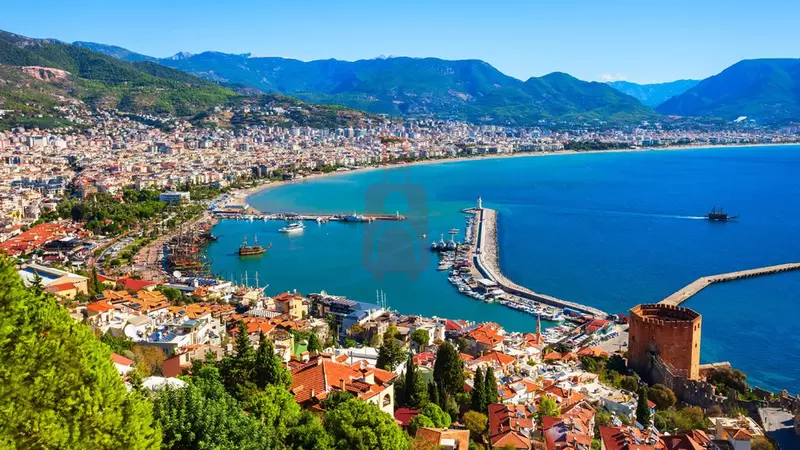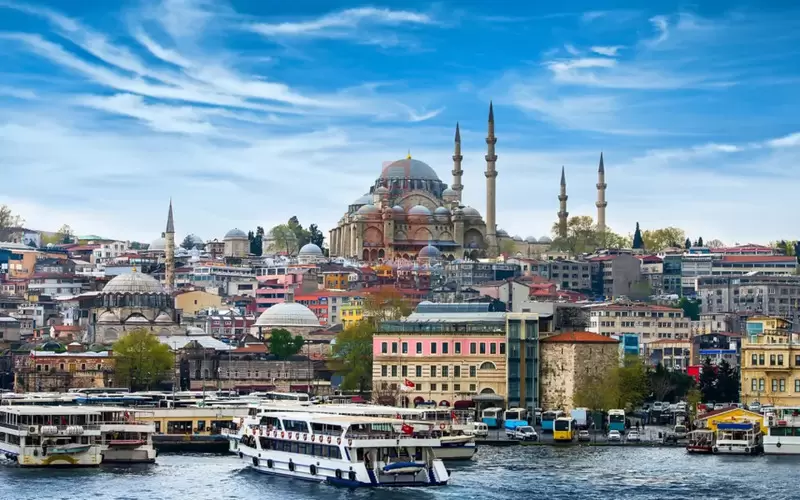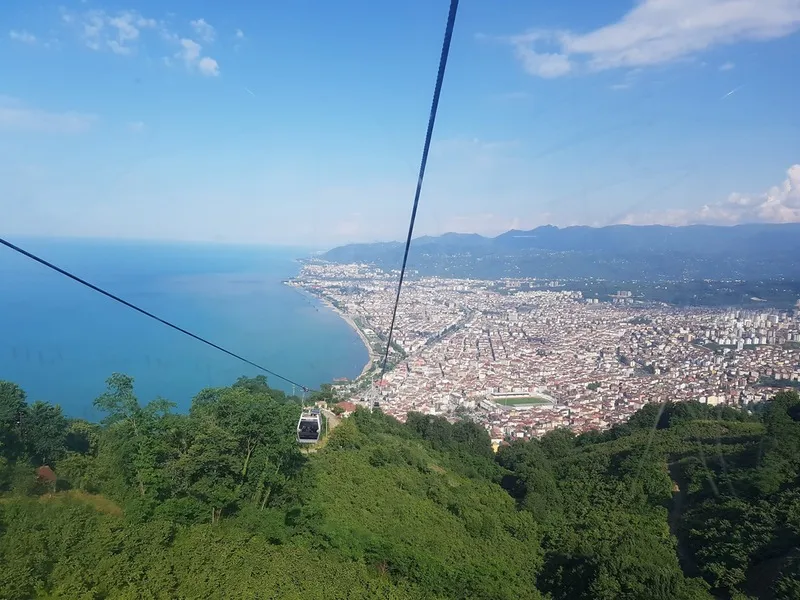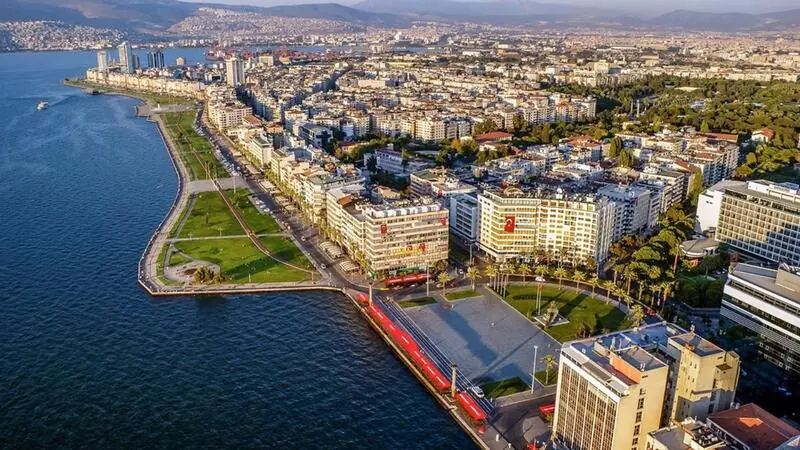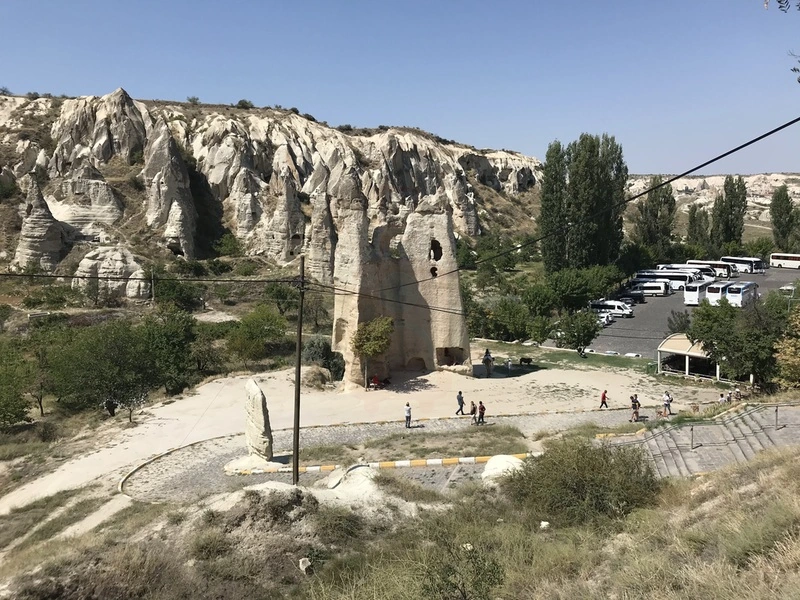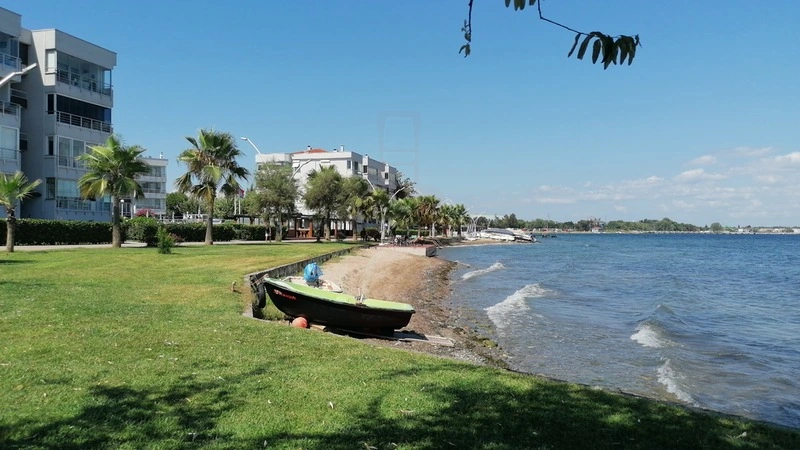
Educational Trips in Türkiye: A Living Classroom Spanning Ten Millennia
Türkiye is arguably the world's greatest [Educational Trip] destination, offering a physical curriculum that covers everything from the birth of settled agriculture and the height of classical antiquity to the zenith of imperial architecture and the foundations of modern geopolitics. The country’s unparalleled density of UNESCO World Heritage Sites and functioning historical markets turns every journey into an immersive, tactile learning experience. For academic groups, students, and lifelong learners, Türkiye provides tangible context that no textbook can replicate.
As your professional tourist guide, I emphasize that these journeys are structured to provide profound, hands-on understanding. We will explore the key thematic regions—from the revolutionary archaeology of the Southeast to the administrative complexity of the Ottoman centers—ensuring your educational itinerary delivers maximum academic and experiential value across multiple disciplines.
I. Archaeology and Prehistory: Rewriting the Human Timeline
For students of history and archaeology, Southeastern Anatolia offers a look at the deepest roots of human organization, challenging long-held assumptions about civilization's origins.
Şanlıurfa: The Dawn of Belief
The city of [Şanlıurfa] is the epicenter of the Neolithic Revolution. The discovery of [Göbeklitepe] (a UNESCO World Heritage site) is perhaps the most significant archaeological find of the last century. This temple complex, dating back nearly 12,000 years, predates agriculture and monumental architecture, suggesting that organized religion may have driven human settlement.
- Key Learning: Understanding the transition from hunter-gatherer to settled life and the role of religion in early human societies.
- Contextual Sites: The nearby [Harran] (with its distinctive beehive houses) and [Balıklıgöl] (linked to the Prophet Abraham) provide context on the region's enduring spiritual and architectural traditions over millennia.
Konya: The Neolithic Settlement
[Konya] is home to [Çatalhöyük Neolitik Alanı] (a UNESCO World Heritage site), a massive Neolithic settlement that thrived thousands of years after Göbeklitepe. This site offers vital clues into early social structures, domestic life, and the development of agriculture, providing a perfect counterpoint to the Göbeklitepe discovery.
II. Classical Antiquity and Engineering: The Greco-Roman World
The Aegean and Mediterranean coasts serve as the ideal classroom for studying the grandeur, administration, and daily life of the classical empires.
İzmir and the Aegean Centers
The [Ancient City of Ephesus] (a UNESCO World Heritage site), near [İzmir], is the pinnacle of Roman urban planning. Students can walk on the [Marble Street], inspect the infrastructure of the [Celsus Library] (a monument to learning), and study the sanitation and drainage systems of the [Terrace Houses].
- Key Learning: Roman provincial administration, urban planning, hydraulics, and public life.
- Contextual Sites: [Bergama] (Pergamon) (a UNESCO site) allows for the study of Hellenistic city planning, ancient medicine at the [Asclepieion], and library science.
Antalya and Lycia: Architectural Genius
[Antalya] provides access to superb Roman engineering. The [Aspendos Ancient Theatre] is a remarkable structure for studying acoustics and architectural preservation. The nearby [Perge Antik Kenti] showcases monumental gates and columned streets designed for ceremonial grandeur.
- Key Learning: Greco-Roman architecture, engineering (especially aqueducts and theatres), and the social function of public buildings.
- Lycian League: The remote sites along the [Lycian Way] (such as [Xanthos-Letoon], a UNESCO site) reveal the unique federal political structure and sophisticated tomb architecture of the independent Lycian civilization.
III. Empires and Religion: Byzantium, Ottoman, and Geopolitics
The Marmara region and Central Anatolia are essential for understanding the transition of power and the intersection of diverse religious histories.
Istanbul: The Imperial Transition
[Istanbul] acts as a living textbook for comparative studies:
- Byzantine Studies: The [Hagia Sophia] and the remaining sections of the [Theodosian Walls] are central to understanding Byzantine military and religious history. The mosaics at the [Chora Church] offer insight into late Byzantine art and theology.
- Ottoman Administration: The [Topkapı Palace] complex is perfect for studying imperial governance, centralized bureaucracy, and the intricacies of the Ottoman court and harem system.
Central Anatolia: The Hittites and Seljuks
A deeper historical dive into Central Anatolia offers two distinct imperial epochs:
- Hittite Power: [Çorum] near [Hattuşa] (a UNESCO World Heritage site) provides detailed study of Bronze Age international law (the [Kadesh Treaty]), cuneiform writing, and polytheistic religious practices.
- Seljuk Legacy: [Sivas] is home to the [Divriği Ulu Camii ve Darüşşifası] (a UNESCO World Heritage site), a stunning example of complex Seljuk artistry and advanced medieval medical practices (Darüşşifası being the hospital).
IV. Planning the Academic Itinerary
Successful educational trips prioritize immersion, expert guidance, and logistical efficiency.
- Expert Guidance: [Professional Licensed Guides] (such as specialized archaeologists or historians) are crucial for providing the necessary depth and context at complex sites like [Göbeklitepe] and [Ephesus].
- Logistical Efficiency: Utilize Türkiye's extensive domestic flight network to save precious time. For instance, fly directly from [Kayseri Airport] (for [Kapadokya]) to [İzmir Airport] for the Aegean circuit.
- Accommodation: In cities like [Istanbul], consider hotels near the [Sultanahmet] or [Karaköy] tram lines for easy access to historical sites. In Cappadocia, staying in [Cave Hotels] offers unique, context-rich accommodation.
- Best Time to Visit: The [Shoulder Seasons] (April–May and September–October) offer the best balance. The heat is mild enough for long days of outdoor exploration at archaeological sites, and major university groups often schedule their visits during these months, facilitating richer discussion and learning environments.
Türkiye is a magnificent, hands-on historical resource. By structuring your trip thematically around these key destinations, you ensure your educational journey is not just informative, but truly transformative, providing students and learners with direct access to the [foundations of the Western and Eastern worlds].
